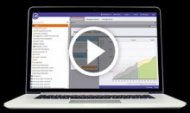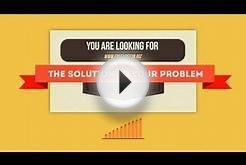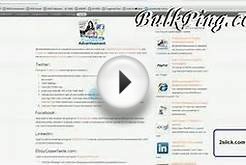 Watch a video tour and get a look behind the curtain of this powerful and easy to use marketing platform.
Watch a video tour and get a look behind the curtain of this powerful and easy to use marketing platform.
Today is a unique time for online marketing. When the 2001 recession hit, online marketing was still highly experimental, and got pulled down with the general collapse of the Internet. Today, shifting advertising spending to measurable, online channels has been proven, and won't fade away anytime soon.
It is safe to assume that online marketing won't bottom out like it has in the past, but that doesn't mean it is safe from a slump. eMarketer reduced its 2008 estimate for US online advertising by 7%, to $25.8 billion. The adjustment demonstrates the impact of the downturn, but it's crucial to remember that estimate is still 23% higher than the total for 2007. So while the recession might slow the growth of online marketing, but online marketing still growing at a significant pace.
The No Cost Advantage: Social sharing is the best free online advertising, but more importantly it is perceived as earned, which gives the brand a media lift. People aren't on social media to enjoy good advertising, but to connect with friends. When an email or social content is shared from a marketer and received well by their audience, that brand can reach a huge number of people.
A new infographic on our B2B Marketing blog visualizes:
- How content marketing competes with traditional advertising today
- Content marketing's advantages
- Which industries are using content marketing, and how much they're spending on it
- Which content marketing strategies are the most popular
- The challenges that content marketers are currently facing
A recession will speed up the decline of interruption-based, mass advertising — the kind that shouts your brand message at a customer. Instead, content-focused strategies that are measurable and relationship-based — SEO, email, lead nurturing, online communities, etc. — will continue to grow.













